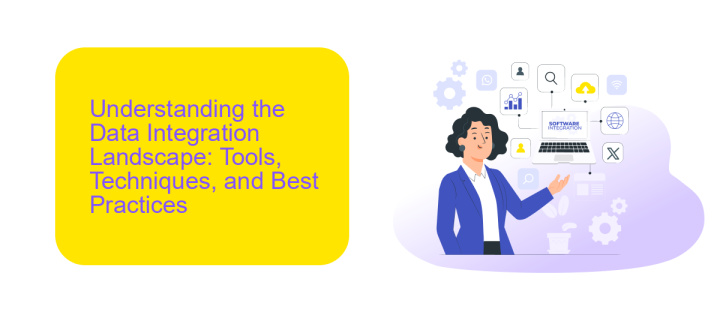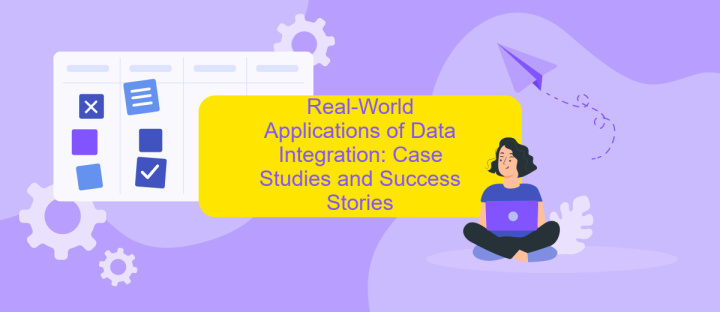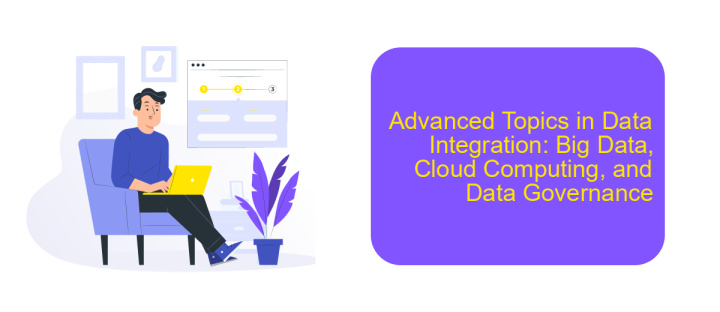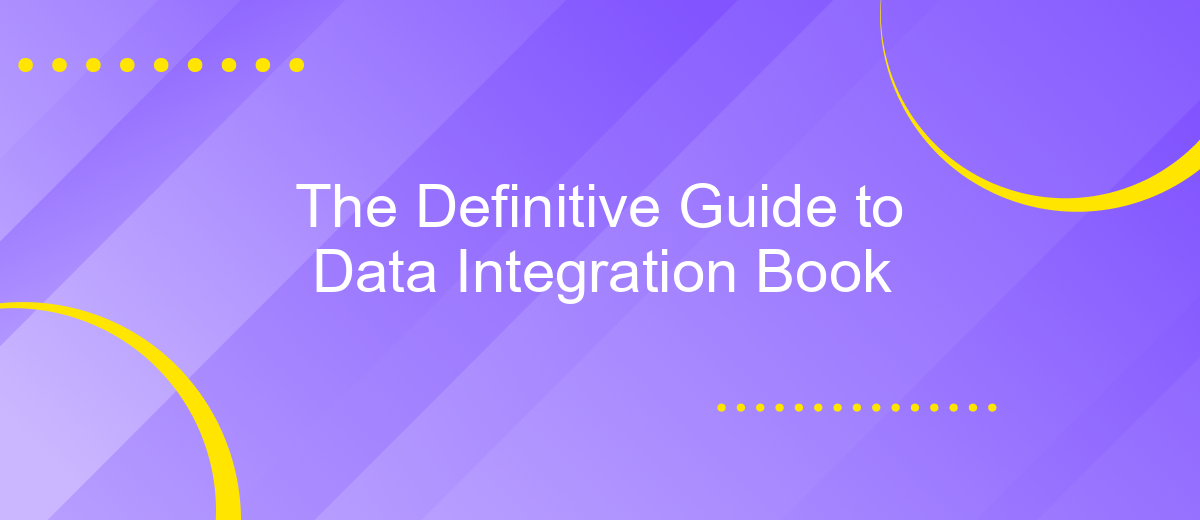The Definitive Guide to Data Integration Book
Data integration is a cornerstone of modern business intelligence, enabling seamless access to and analysis of data from diverse sources. In "The Definitive Guide to Data Integration," we explore the essential methodologies, tools, and best practices that empower organizations to unify their data landscape. This comprehensive guide is designed to help you harness the full potential of your data, driving informed decision-making and strategic growth.
Introduction: Laying the Foundation for Effective Data Integration
Data integration is a critical process for organizations aiming to leverage multiple data sources to drive informed decision-making. Establishing a solid foundation for effective data integration involves understanding the core principles and methodologies that ensure seamless data flow and consistency across systems.
- Identify data sources and their formats
- Ensure data quality and consistency
- Choose the right integration tools and platforms
- Implement robust data governance practices
- Monitor and optimize integration processes
One of the key tools in this process is ApiX-Drive, a versatile service that simplifies the setup of data integrations. ApiX-Drive allows businesses to connect various applications and automate data transfer without requiring extensive technical expertise. By leveraging such tools, organizations can achieve efficient and reliable data integration, paving the way for enhanced analytics and operational efficiency.
Understanding the Data Integration Landscape: Tools, Techniques, and Best Practices

Data integration is a critical aspect of modern business operations, enabling seamless connectivity between disparate systems and data sources. Various tools and techniques are employed to achieve effective data integration, including ETL (Extract, Transform, Load) processes, API integrations, and data virtualization. ETL tools like Talend and Informatica are popular for their ability to handle large volumes of data and complex transformations. API integrations, facilitated by platforms such as ApiX-Drive, allow businesses to connect different applications and automate workflows without extensive coding knowledge.
Best practices in data integration involve ensuring data quality, maintaining data security, and implementing robust monitoring systems. It's essential to establish clear data governance policies to manage data access and usage effectively. Regular audits and updates to integration processes help in maintaining the integrity and performance of data systems. Leveraging services like ApiX-Drive can significantly simplify the integration process by providing pre-built connectors and user-friendly interfaces, making it easier to adapt to evolving business needs and technological advancements.
Real-World Applications of Data Integration: Case Studies and Success Stories

Data integration plays a crucial role in modern business operations, enabling seamless data flow across various systems and platforms. Many organizations have successfully implemented data integration strategies to enhance their efficiency and decision-making processes. Below are some real-world applications and success stories:
- Retail Industry: A leading retail chain utilized data integration to consolidate sales data from multiple stores. By integrating their point-of-sale systems with inventory management software, they achieved real-time stock updates and optimized their supply chain.
- Healthcare Sector: A hospital network implemented data integration to unify patient records from different departments. This integration improved patient care by providing doctors with comprehensive medical histories, leading to better diagnosis and treatment plans.
- Financial Services: A financial institution used ApiX-Drive to integrate customer data from various banking applications. This integration allowed for a 360-degree view of customer interactions, enhancing personalized service and customer satisfaction.
These case studies demonstrate the transformative impact of data integration across different industries. By leveraging tools like ApiX-Drive, businesses can streamline their operations, improve data accuracy, and ultimately drive better outcomes. As technology continues to evolve, the importance of effective data integration will only grow, making it a critical component of any successful business strategy.
Advanced Topics in Data Integration: Big Data, Cloud Computing, and Data Governance

As data integration evolves, advanced topics such as Big Data, Cloud Computing, and Data Governance become increasingly critical. Big Data integration involves handling massive datasets that traditional data integration tools cannot manage efficiently. This requires specialized tools and techniques to process, store, and analyze large volumes of data in real-time.
Cloud computing has revolutionized data integration by providing scalable, on-demand resources that facilitate seamless data flow between systems. Cloud-based integration platforms, like ApiX-Drive, offer flexibility and automation, enabling businesses to connect multiple applications and services effortlessly. These platforms support various data formats and protocols, ensuring smooth data exchange across diverse environments.
- Scalability: Easily scale resources up or down based on data volume.
- Automation: Automate data workflows to reduce manual intervention.
- Flexibility: Support for multiple data formats and integration protocols.
- Security: Implement robust data governance policies to protect sensitive information.
Data governance plays a crucial role in ensuring data quality, compliance, and security. Effective data governance frameworks establish clear policies and procedures for data management, ensuring that data is accurate, consistent, and accessible. By integrating advanced data governance practices with Big Data and cloud computing, organizations can achieve a holistic approach to data integration, driving better decision-making and operational efficiency.
- Automate the work of an online store or landing
- Empower through integration
- Don't spend money on programmers and integrators
- Save time by automating routine tasks
Conclusion: The Future of Data Integration and Its Transformative Impact
The future of data integration is poised to revolutionize how businesses operate, enabling seamless connectivity and real-time data exchange across diverse systems. With the rapid advancement of technologies such as AI, machine learning, and blockchain, data integration will become more intelligent, secure, and efficient. These innovations will empower organizations to make data-driven decisions, enhance operational efficiency, and foster innovation at an unprecedented scale.
Services like ApiX-Drive are at the forefront of this transformation, offering robust solutions for automating and streamlining data integration processes. By simplifying the setup and management of integrations, ApiX-Drive allows businesses to focus on leveraging their data rather than grappling with technical complexities. As data continues to grow in volume and variety, the ability to integrate and utilize it effectively will be a critical differentiator, driving competitive advantage and transformative growth in the digital era.
FAQ
What is data integration?
Why is data integration important?
What are some common challenges in data integration?
How can I automate data integration processes?
What should I consider when choosing a data integration tool?
Apix-Drive is a simple and efficient system connector that will help you automate routine tasks and optimize business processes. You can save time and money, direct these resources to more important purposes. Test ApiX-Drive and make sure that this tool will relieve your employees and after 5 minutes of settings your business will start working faster.


